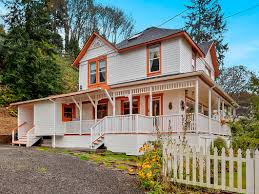Windows have long been an essential element of architectural design and home construction, offering a portal to the outside world while allowing natural light to filter in. These versatile openings serve as both functional and aesthetic features, enhancing the beauty and functionality of any structure. In this article, we’ll explore the many facets of window tinting new york city, from their history and evolution to their various types and modern-day innovations, shedding light on the significance of these transparent dividers.
A Historical Perspective:
Windows have played a pivotal role in the architectural evolution of human societies. Their origins can be traced back to ancient civilizations, where small openings in walls served as rudimentary ventilation and a means of keeping interiors well-lit. The Romans were pioneers in glass manufacturing, making it possible to create larger, more elaborate windows. The concept of windows has evolved over centuries, with different styles and designs taking shape in various parts of the world, each reflecting the culture and technological capabilities of the time.
The Many Types of Windows:
Windows come in a wide array of shapes, sizes, and styles, each catering to specific needs and preferences. Some common types include casement windows, sliding windows, double-hung windows, and bay windows, each with its own unique characteristics. Casement windows, for instance, open outwards, providing excellent ventilation, while sliding windows are space-saving and easy to operate. Double-hung windows are a classic choice, offering both top and bottom sashes that can be opened. Bay windows, on the other hand, extend outward from the building, creating a cozy nook and adding architectural interest.
Modern Innovations:
The world of windows has witnessed remarkable technological advancements. Energy-efficient windows, such as Low-E (low emissivity) glass, help reduce heat transfer and enhance insulation. Smart windows can be controlled remotely, adjusting their tint or opacity based on the time of day and environmental conditions. These innovations not only improve energy efficiency but also enhance security and convenience.


